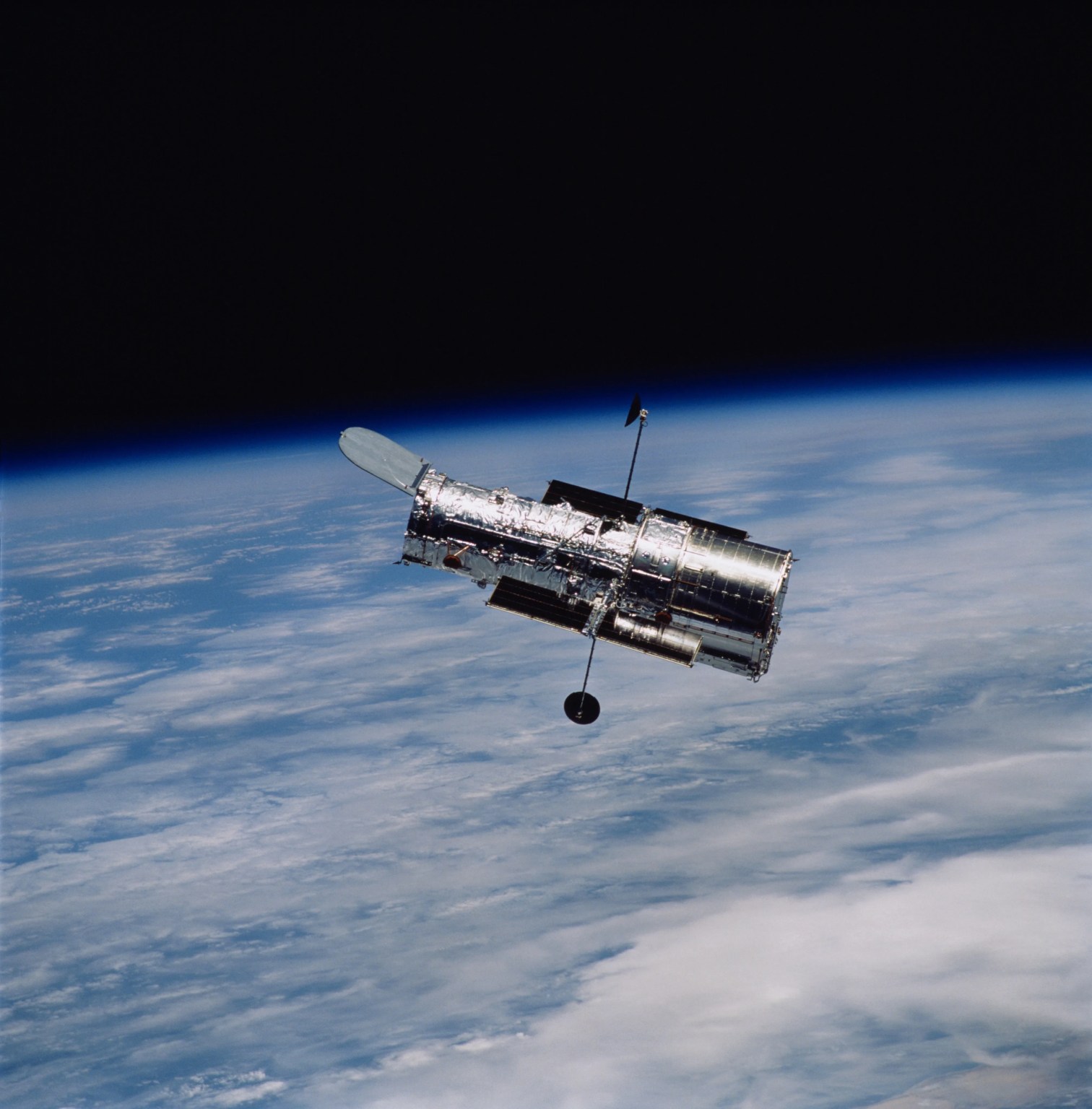Glossary – I
A | B | C | D | E | F | G | H | I | L | M | N | O | P | Q | R | S | T | U | V
IAT
Interagency transfer. Mechanism by which NASA can send funds to another government agency.
IAU
International Astronomical Union
IDS
Interdisciplinary Science
IGES
Institute for Global Environmental Strategies
IIP
Instrument Incubator Program
Imaging Radar
Imaging radar are radar systems used in remote sensing usually produce images of some kind. The most common remote sensing imaging radar systems are the side-looking airborne radars (SLARs) that produce continuous strip images. The antenna points to the side with a beam that is wide vertically and narrow horizontally. The image is produced by motion of the aircraft past the area being covered. SLAR imagery has been used in geomorphology, geology, land use, forestry, natural vegetation, physical oceanography and other fields. Synthetic Aperture Radar (SAR) provides the capability of acquiring imagery inclement weather or during night as well as day.
Imaging Spectrometers & Radiometers
Imaging radiometers are meters used to detect and measure radiant energy that can be either electromagnetic or acoustic and put that information in the form of images or visual pictures. An imaging spectrometer provides multiband imagery with a narrow wavelength range, and is useful for rock type classification and ocean color analysis. The first LANDSAT satellite used an optical mechanical scanner called the Multi-spectral Scanner (MSS).
inertia
A property of matter by which it remains at rest or in uniform motion in the same straight line unless acted upon by some external force.
interstellar
Between the stars.
ionosphere
the part of the earth's atmosphere in which ionization of atmospheric gases affects the propagation of radio waves, which extends from about 30 miles (50 kilometers) to the exosphere, and which is contiguous with the upper portion of the mesosphere and the thermosphere
IPO
Integrated Program Office
isotope
an atom having the same atomic number (number of protons in the nucleus) as another atom but differing in atomic weight (due to different numbers of neutrons in the nucleus)




























